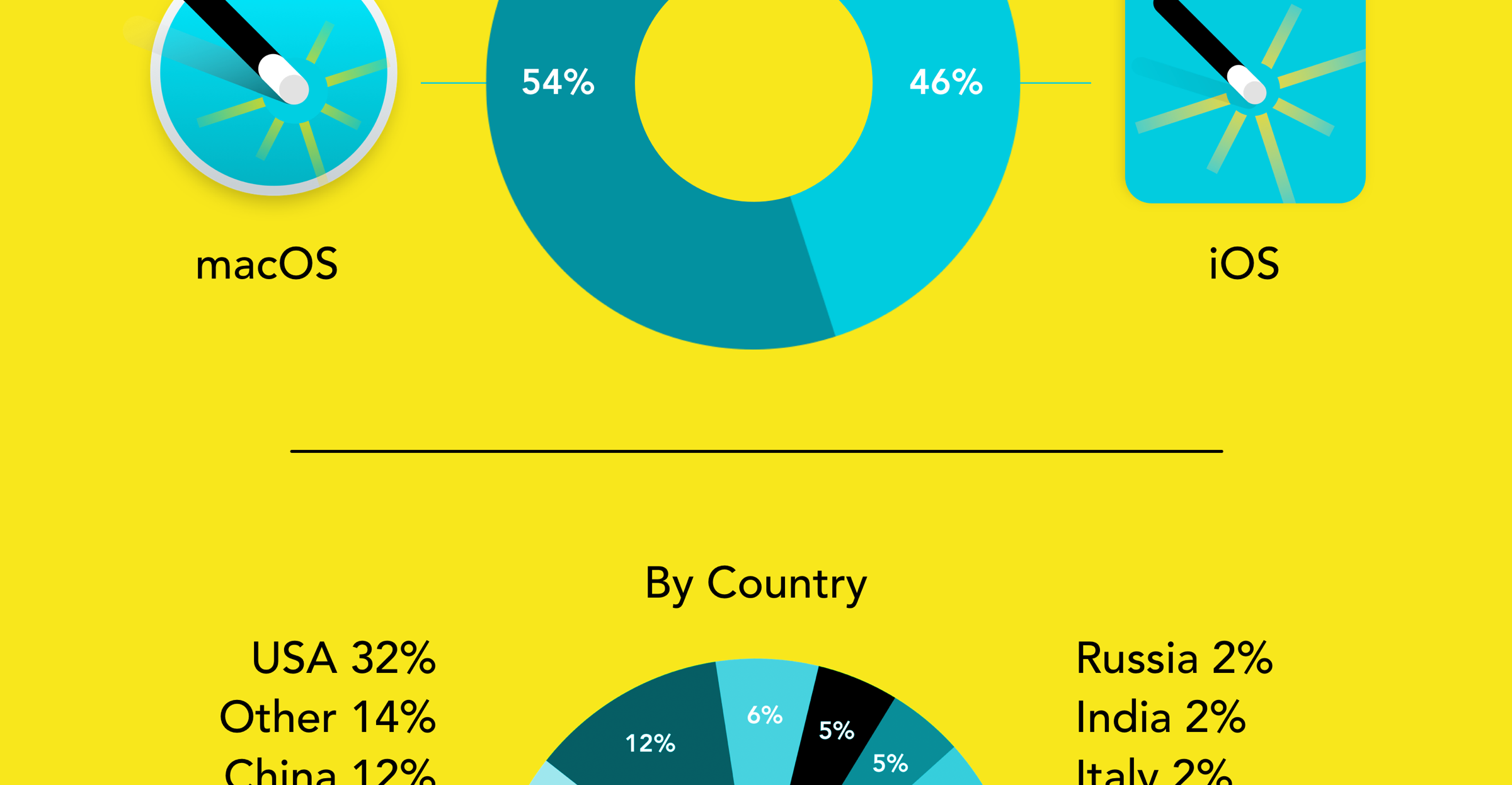In the vast landscape of discussions around environmental concerns, one facet that often escapes the spotlight is the environmental impact of digital advertising. While it may seem inconspicuous amid towering issues like deforestation and industrial emissions, recent research suggests that digital advertising could contribute as much as 2% to global carbon emissions by 2025.
This revelation sheds light on the often disregarded and underestimated carbon footprint associated with our online activities. Research has pointed out that a considerable portion of the world’s carbon emissions, perhaps 7%, stems from various online activities.
What’s striking is that by using a rough causal model, we can calculate that almost 2% of global carbon emissions can be directly attributed to digital advertising, painting a significant picture of the environmental cost that accompanies our modern, interconnected digital world.
What is the carbon footprint of digital advertising?
To comprehend the carbon footprint of digital advertising, we use a rough model that attempts to quantify the impact. While not perfect, it offers valuable insights into the scope of the issue. A key aspect to consider is the sheer volume of internet traffic dedicated to advertising and tracking.

Using Adblock Performance Insights, a tool designed to measure the impact of ad blocking on web performance, we find that a substantial percentage: 24%, if not more, of web traffic on the most popular websites is likely fuelled by advertising and tracking. To arrive at this figure, we analysed the top 10 news and media websites worldwide and averaged the portion of data and resources dedicated to advertising and trackers.
These figures emphasize the magnitude of the issue at hand, showcasing that a substantial part of the internet’s energy consumption is intricately linked to the world of digital advertising.
However, it’s important to note that this model is just the tip of the iceberg, and further in-depth research is necessary to gain a comprehensive understanding of the environmental impact of digital advertising.
According to The Shift Project, by 2025 7.2% of global carbon emissions will be due to the internet, making 24% of this impact – at least 1.7% of global carbon emissions – directly attributable to digital advertising.
Why does digital advertising have such a big environmental impact?
The significant carbon footprint of digital advertising can be attributed to several interconnected factors. One major contributor is the size of digital ads. As websites strive to capture users’ attention, the visual and multimedia elements of advertisements have become increasingly elaborate and data-rich. This, in turn, leads to larger file sizes, subsequently requiring more energy to load and display.
Moreover, digital ads are performance-intensive, often relying on video, intricate animations, high-resolution images, and complex coding. The resources demanded to render these ads contribute significantly to the overall energy consumption associated with digital advertising.
Another substantial factor is the prevalence of tracking scripts embedded in online ads, pages and apps. These scripts, employed for targeted advertising and user analytics, introduce an additional layer of energy consumption and slow down user experience. As users navigate through websites laden with tracking scripts, the cumulative effect on both energy usage and load times becomes palpable.
Interestingly, the largest internet properties, including major social media platforms and content-sharing sites, primarily sustain themselves through an advertising business model. While some of these entities are making strides by transitioning to green electricity to power their data centers, the overall impact of their advertising infrastructure remains substantial.
What can be done to reduce digital advertising’s carbon emissions?
Addressing the environmental impact of digital advertising necessitates a multifaceted approach involving collaboration among various stakeholders.
- Optimization of Ad Content – Advertisers and content creators should prioritize creating lightweight, optimized ad content with fewer resource-intensive elements such as high-resolution images and video files.
- Adoption of Sustainable Practices by Tech Giants – Major internet platforms can play a crucial role in mitigating the environmental impact. Shifting towards sustainable practices, including the use of renewable energy sources for data centers, can significantly reduce the carbon footprint associated with digital advertising.
- Consumer Empowerment Through Ad Blocking Technologies – Encouraging the responsible use of ad blocking technologies can contribute to lowering the demand for resource-intensive ads and tracking scripts. Users should have the choice to engage with advertising content, fostering a more conscious and eco-friendly browsing experience.
- Industry Collaboration for Standardization – The advertising industry, in collaboration with tech experts and environmental advocates, should work towards standardizing eco-friendly practices for digital advertising. This involves guidelines for ad content, tracking scripts, and data storage practices that prioritize energy efficiency.
- Public Awareness and Education – Raising awareness among the general public about the environmental impact of digital advertising is crucial. Educating users about the consequences of excessive ads and the importance of responsible online practices can drive demand for eco-friendly advertising practices.
The revelation that digital advertising may contribute as much as 2% to global carbon emissions by 2025 underscores the urgency for addressing the environmental impact of our online activities. As we navigate the digital landscape, acknowledging and mitigating the ecological consequences of digital advertising is essential for fostering a sustainable and responsible internet ecosystem.
The time is ripe for a collective effort that involves advertisers, tech giants and policymakers to chart a more sustainable course for the future of digital advertising. If this does not occur, we as individual users, can make a difference by adopting suitable ad blocking technology to reduce both our personal and collective carbon footprint.




































